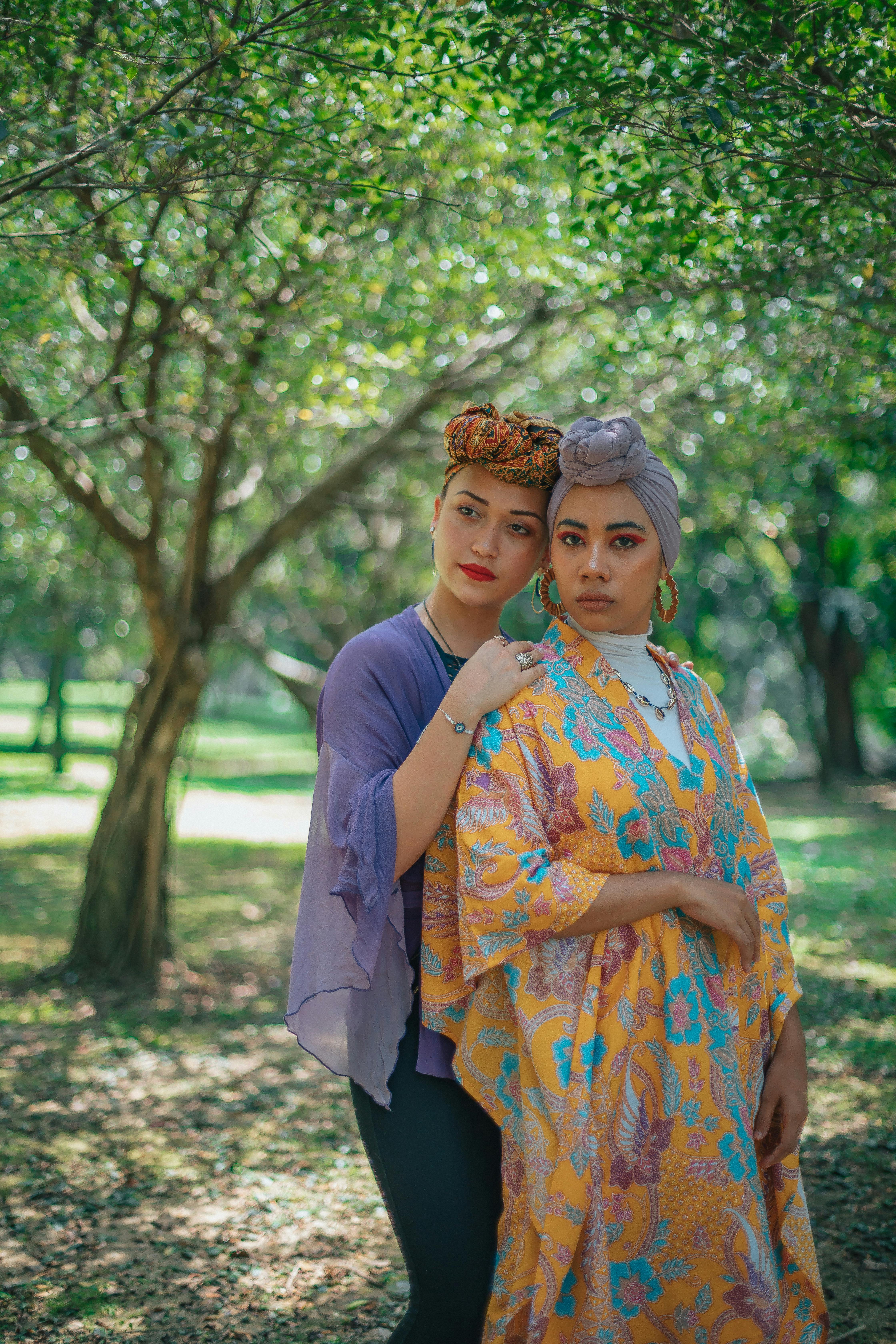A ceremony is a significant occasion in Central Asia that honors the region’s migratory recent and is typically accompanied by sizable events. Despite the fact that some customs were outlawed during the 60 to 70 centuries of Soviet/russian law, others are still practiced today.
For instance, brides in Kyrgyzstan frequently live with their fresh in-laws for week, sometimes even month, before the wedding ceremony. She does receive advice from her female family members during this time on how to be a fine spouse. In the past, they will also perform songs to strengthen the relationship. This time period is referred to as Kazakh” Salom Beru” or” Kelin Salam kazakhstan mail order brides“. During this time, the bride dons a classic costume and veil. She does formally welcome visitors by bowing. Additionally, she likely receive a pale robe, which represents cleanliness.
The bridegroom does also give donations to the princess’s feminine relatives. In some areas of the nation, he likely likewise give her relatives group a bride. 90 % of all wedding ceremonies in Turkmenistan involve paying this “bride’s price,” which may contain horses, cattle, income, needlework, and gowns. This practice was outlawed during the Communist time but is now resurging. Both individuals did been joined at the actual wedding unique occasion by their friends and neighbors. The invitee listing, which is typically lengthy, reflects the social standing of the locals.

Both individuals does get ready for a huge supper before the actual wedding service. After that, the man does engage in a ceremony known as “uncovering the mouth.” This entails shooting an bow three times into a gap in the house’s roof. On the first two attempts, the dart narrowly misses the woman’s head. The fourth dart strikes her in the shoulder. She will then be allowed to see after unbuttoning the handkerchief that was covering her face. This serves as a symbol of her consent to the union.
The wedding is driven to her fresh residence by her female in-laws on the wedding evening. Behind a curtain (koshogo ), which is typically hung in the middle of the room, she will be greeted. After that, she’ll hide from her new husband’s female relatives in this room for a few days. She likely receive more pale headbands during this time from the home. Additionally, she likely get her hair combed and be blessed by the female family members.
She will be shown to her fresh bathroom after the ceremony. Typically, embroidered cushions and a base dome are used to decorate the home. Following that, the pair likely receive invitations to events hosted by their novel in-laws. The handful may get served a variety of foods at these gatherings, such as traditional grain dishes and mutton soup. Additionally, they will be required to break flatbreads in front of their visitors.
Some areas of central Asia even engage in a training of non-consensual bride theft known as “marriage by violence.” The teenager either decides to get married and asks his families to pick his wife, or his mummy tells him that she has been chosen for her kid. This practice is most common amongst the Kazakhs, Uzbeks and Karakalpaks, an autonomous region in southern Uzbekistan.


